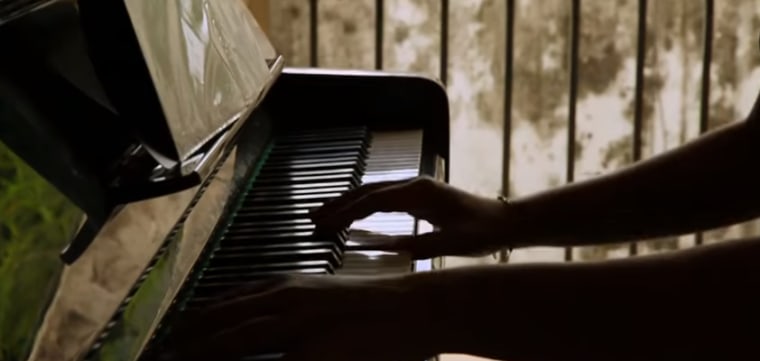If there is one film that can serve as a metaphor for how little the world knows about Cuba, Latin America, and the rest of the region, it’s "The Forbidden Shore," a marvelous documentary that introduces the world to forty Cuban artists.
It's one of thirty-seven films being shown at the Havana Film Festival New York, the longest running festival featuring the work of Cuban and Latin American filmmakers, now in its 18th year.
The film's director, Canadian-born Ron Chapman, said that when he first visited Cuba eight years ago, “I was overwhelmed at what I didn’t know. I was amazed at the diversity of its music and how very little Cuban music is known or played internationally other than The Buena Vista Social Club.”
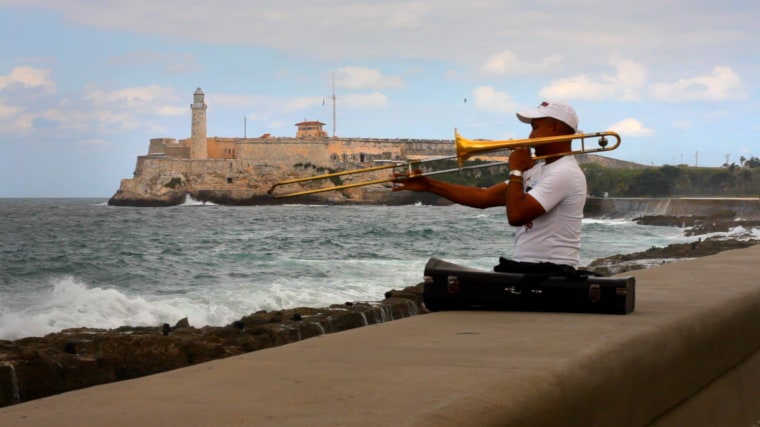
The same could be said of the rest of the region, but that has been changing, partly due to the work of today's Latino and Latina filmmakers, as evidenced in this festival.
“We wanted to show a snapshot of the work that is being produced today,” said Diana Vargas, the festival’s artistic director for the past seventeen years.
“Cinema coming out of the area is fresh and innovative and artists of the region are eager to tell stories that correct many misconceptions of Latin America,” Vargas said.
This year the festival is paying tribute to two film masters: Cuba’s Juan Padrón, whose iconic Vampiros en la Habana (Vampires in Havana) is a hilariously funny animation classic that was produced decades before "Twilight," as well as the work of the late Argentine Eliseo Subiela, whose brilliant film, El Lado Oscuro del Corazón (The Dark Side of the Heart), paved the way for Argentina’s film boom.
In addition, twenty directors are traveling to New York to participate in talkbacks during the nine-day festival.
We spoke to The Forbidden Shore’s Ron Chapman about his film, which closes the festival on April 7.
What inspired you to make this film?
I am a Canadian and we have an open relationship with Cuba that continued uninterrupted through and after the revolution in 1959, in spite of considerable pressure from the United States to join the embargo; more Canadian tourists visit Cuba every year than from any other destination in the world.
In Cuba I learned about rumba to rap and everything in-between. I wanted to make a film that would be able to cross borders and restrictions imposed by the difficulty of travel and restrictions imposed by the US embargo.
I made a film that helps to overcome some of the myths about Cuba and the Cuban people that showcases their great diversity of musical talent and shares with the unique creative collaborative relationship the artists have with each other and their unusual and very pure passion for art. [It's] the creative process that is uniquely not affected or informed by the necessity of creating for an international market or any market that requires making music or art for profit. I stopped shooting this film on the day Obama said publicly in his famous speech that it was time to end the embargo.
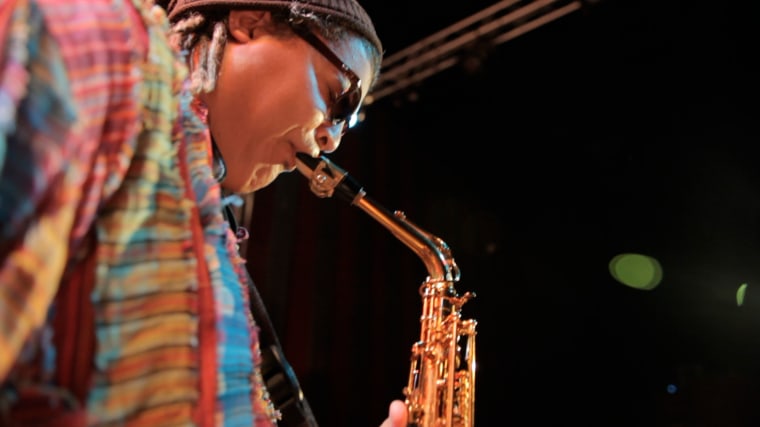
What is unique about Cuban music?
Cuban music’s main influences come from Africa and Europe, mostly Spain, so it is based on an interesting mix. Up until the Cuban Revolution, Cuban music and artists traveled freely throughout the world, and there was a connection and dialogue between artists of the world.
After the Cuban Revolution, there was no longer the same ability for Cuban artists to travel, meet, play and be influenced by contact with foreign artists. Also, all multinational record companies connected with the U.S. could not sign an artist from the island because of the embargo, making it difficult to export the art form.
As a result, the island developed a musical community and identity that was not based on appealing to the tastes of the international community. The music was created really solely for the Cuban population; it is much more insular and a reflection of the Cuban people, their culture, society politics and life.
This music is beyond the Buena Vista Social Club. What are some of the lesser known genres and artists that you want the world to meet?
My working title for the film for years was “This Ain’t the Buena Vista Social Club.” The world knows their music, and they are great musicians and there are some Cuban groups living on the island that have followings in some countries around the world, especially in Spanish-speaking countries, like Los Van Van, or Chucho Valdez.
But it’s fair to say that most of the artists in the film, which have some of the greatest artists and talents in Cuba, are not well known in the world.
RELATED: Film ‘La Soledad’ Is a Window Into Venezuela’s Devastation
I included forty artists in my film, and I still had to leave artists and music on the cutting room floor, not because they were not as good, or as talented, only because of the time limitations.
Even some of the greatest artists in Cuba now are unknown to the world, such as X Alfonso, Haydee Milanés, Kelvis Ochoa, Roberto Fonseca, Aldo López Galvan and Harold López Nusa, Telmary, Charanga Habanera, Danay Suarez, Roberto Podermo, Djoy de Cuba and Polito Ibáñez.
There are so many artists, and so many different genres which is why I found it necessary to “take a snapshot” of the music of Cuba today, and present the incredible diversity of artists that are creating on the island and make this film to share this music with the world.
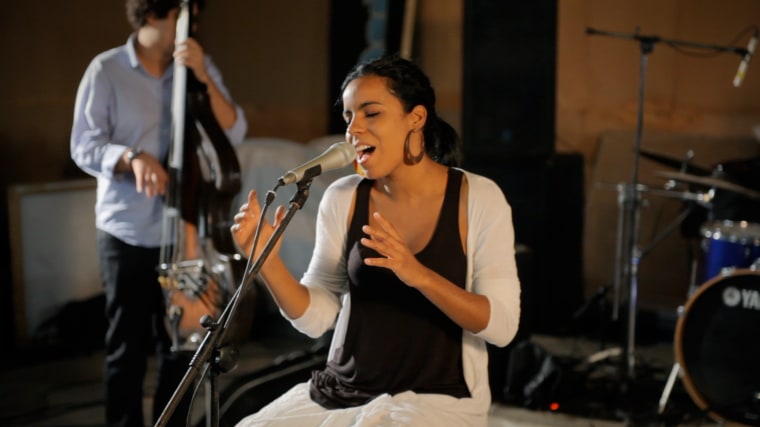
You mentioned that there are 33 unique musical genres in Cuba. Why do you think this island has given birth to such distinct music?
Part of why the island has given birth to so much distinct music has been the isolation. Cuba, the country, has been very much like a petri dish, everyone influencing each other, but not really having the opportunity to go outside the country and mingle with other artists. They could for the most part only interact with artists who came to Cuba for short periods of time, and also, whatever music made it into the country that they could find.
RELATED: Latin America’s Vibrant Film Renaissance on Display at MoMA
There were no radio stations from outside the country available, or television stations, newspapers or magazines or Internet connection available to the majority of the population. It was a matter of what came in, what they found some exposure to, and then they would take elements from these musical styles and integrate aspects of them into their core music, so their music would grow, expand, but always be anchored by its Cuban roots.
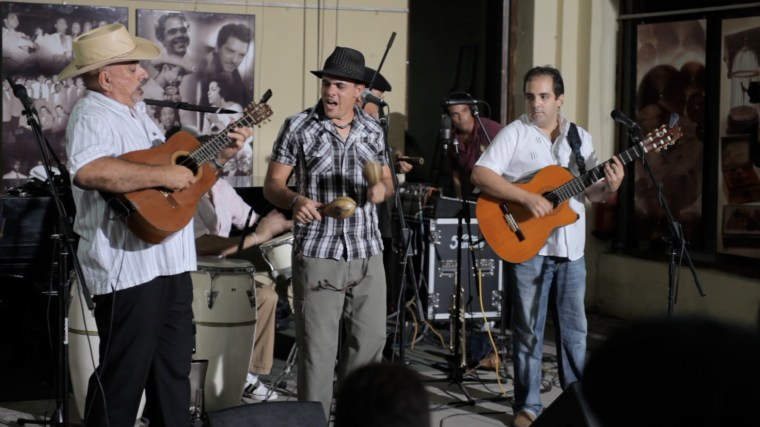
What is your hope with this film?
I wanted to educate the public. I realized how little the people of the world, and, in the case of this New York premiere, how little the people of the United States actually know or understand about the music of Cuba, the people of Cuba, their artistic process, the effects of the embargo (good and bad) and how they then overcame or worked around these difficulties.
I was greatly moved by some of the things that impacted their careers, lives and creative output, in a good way, and as well, in a bad way. All these contribute to the creative spirit, soul and the creative outcome and process.
Hopefully, this film will encourage viewers to search them out and find their music, and introduce audiences to new styles of music, to encourage them to visit Cuba, to know Cuba better through their music, and in the case of the U.S. to better understand the effects of the embargo on the population, on the people of Cuba, and to encourage them to actively encourage their leaders to end this political situation and stalemate that has caused so much damage to the people of Cuba in so many ways, and kept the people of the U.S. from knowing or having any real relationship or understanding of the people or the country.
The New York Havana Film Festival runs from March 30th thru April 7th. For a full calendar check out www.HFFny.com
